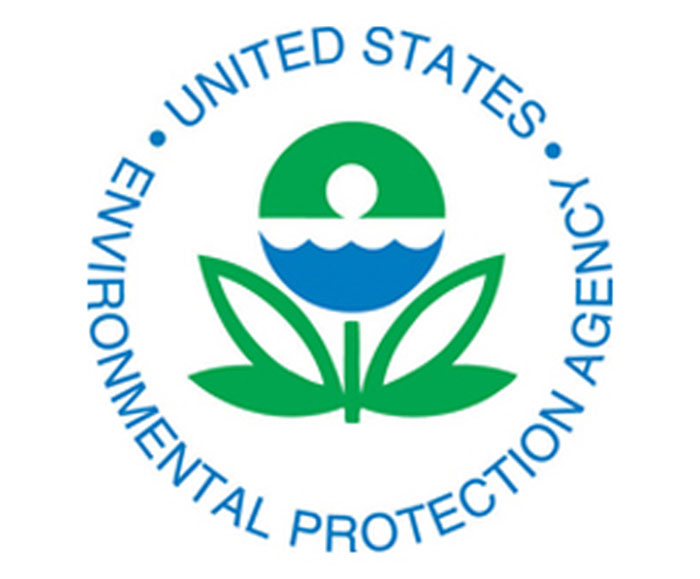 U.S. Environmental Protection Agency was directed by President Barack Obama to reconsider letting California and other states set limits on greenhouse gases emitted by vehicles and small engine equipment.
U.S. Environmental Protection Agency was directed by President Barack Obama to reconsider letting California and other states set limits on greenhouse gases emitted by vehicles and small engine equipment.
This follows the recent enactment of EPA’s Phase III small engine regulations now going into effect. The issue of reaching regulatory “harmonization”—having national standards instead of state-by-state regulations—has been a big issue throughout the small engine rulemaking process. Yet with a possible new approach from the Obama administration, how the EPA and states may interpret and implement their own vehicle and equipment emissions legislation is a big concern to small engine manufacturers and industry officials, who want to avoid a patchwork of state regulations when certifying small engine performance.
“The devil is always in the details. It’s something we have to watch very closely,” says Bill Harley, president of the Outdoor Power Equipment Institute (OPEI), which represents major small engine and equipment manufacturers. According to news reports, California and at least a dozen other states have attempted to set emission regulations that more stringent than Environmental Protection Agency rules, but federal officials have blocked such attempts.
So far, the California initiative is mainly focused on automobiles and lightweight trucks, but industry officials believe any rule that allows auto emissions state-by-state could easily be extended to small engines. “Does (this) open the potential for them to regulate other internal combustion engines for carbon dioxide? Probably,” says Kris Kiser, OPEI vice president of public affairs.
Visit epa.gov.
